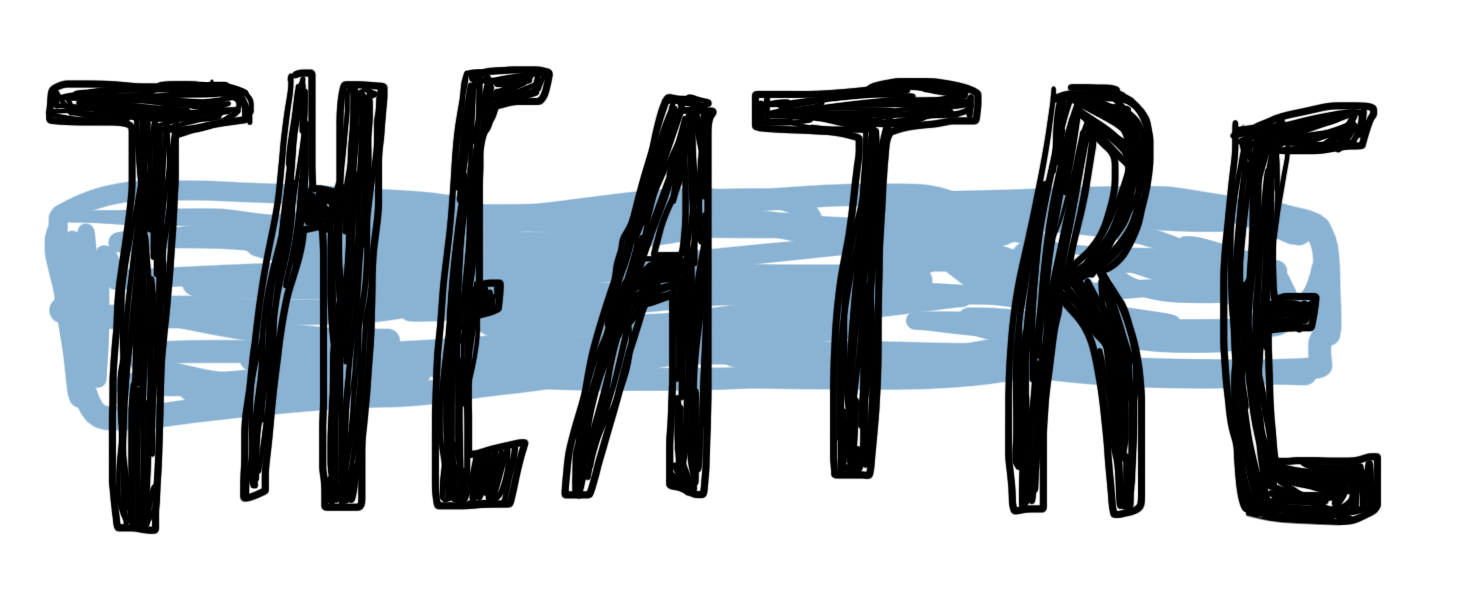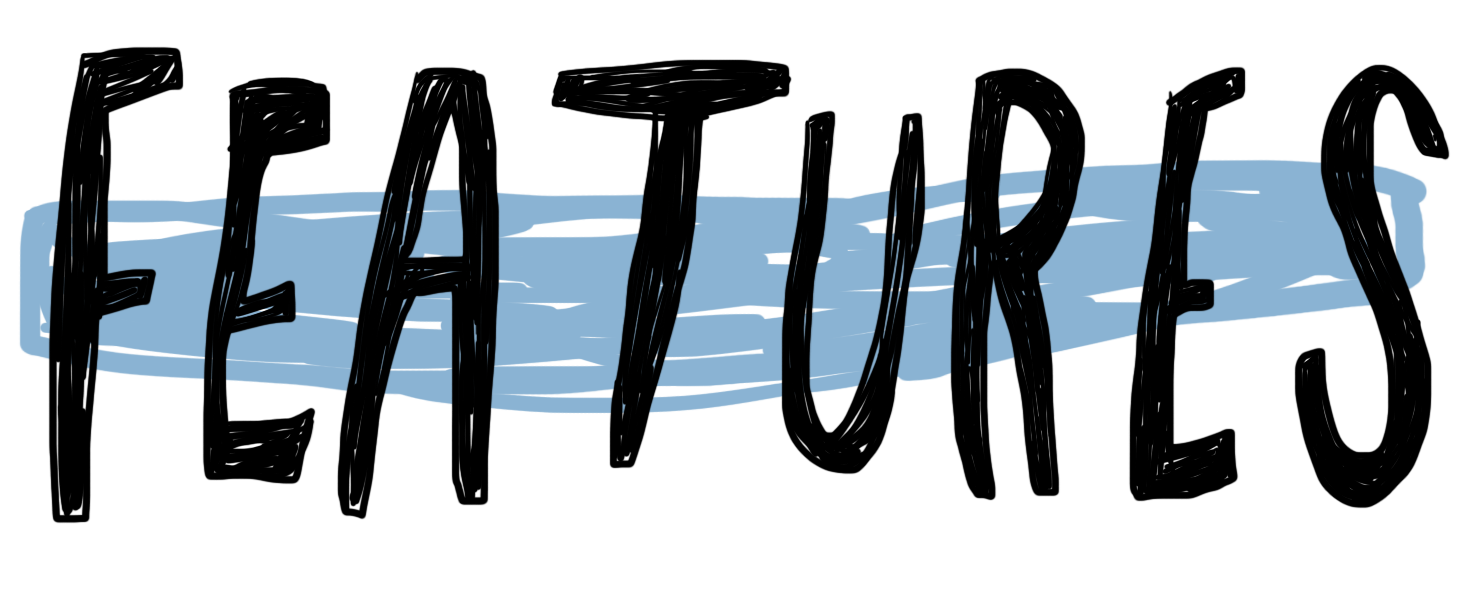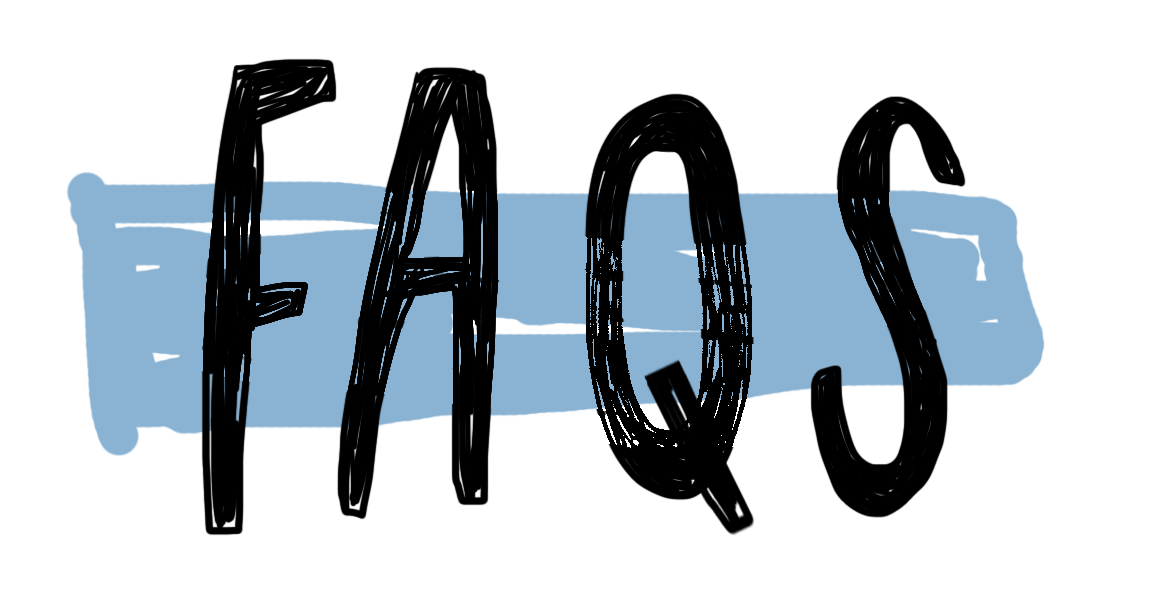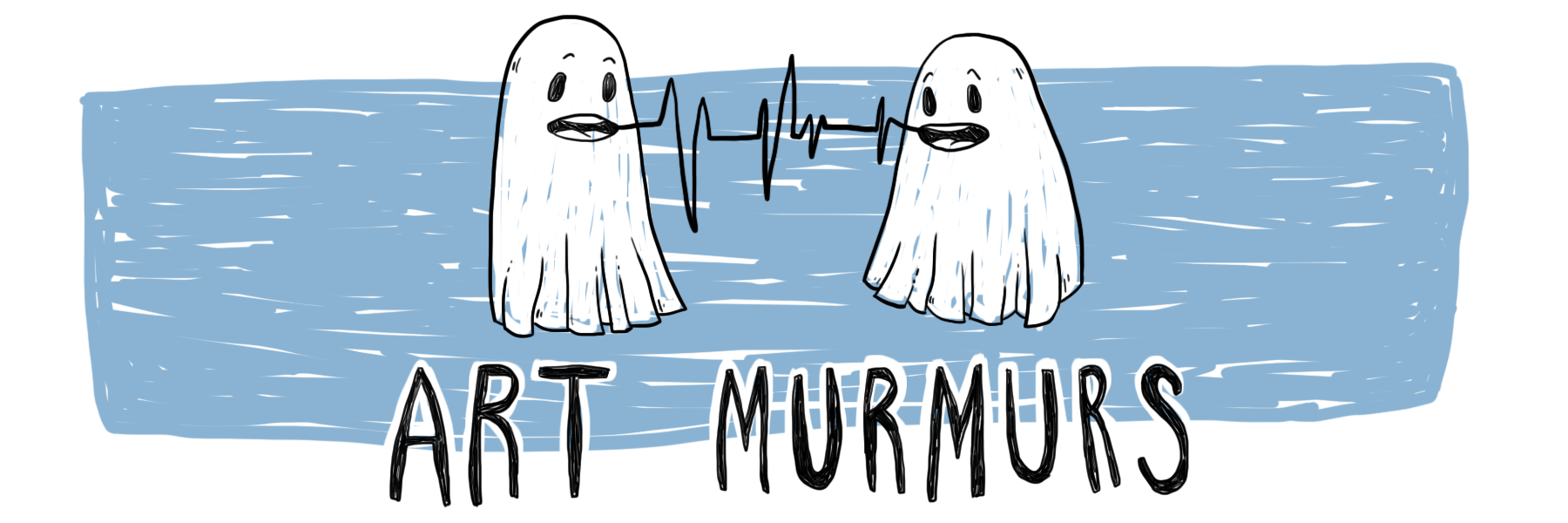Jenny Nimon
The set design is distinct, which is both interesting and problematic. We open in a café, and this provides a strong foundation for the company’s chosen modern context, but what helps to provide a social setting and class structure quickly becomes an obstacle. One of the markers of Shakespeare is how transformative the worlds are. That adaptability is a trend in traditional costuming (using a simple base and adding and removing items as necessary to the story), and it should be for the setting as well. The geography of Double Falsehood gets confusing when it comes time for scenes that can’t take place in a coffee shop, such as scenes at home or in the woods, but the stage remains a coffee shop with its glaring ‘reserved’ sign to remind you that something is out of place. Director Ivana Palezevic, along with the cast of shepherds, does a wonderful job of working to build a sense of place with one herder going as far as urinating on the viney fence, transforming it into wild shrubbery, but it still feels too rigid a set for me to believe that we have shifted location. The modern context, while interesting, doesn’t seem to add any new layers to the play either. At times it even feels at odds with the text, because the actors’ character work doesn’t quite reflect people of the modern world, so it seems like a shame to waste the main strength of the set on it.
Jane Paul, Leonora, plays her character with vibrancy. In a cast that struggles at times with physical characterisation, with the exception of Charlotte Dodd’s Camillo, Jane Paul crafts a precise and captivating Leonora and plays off her scene partners well. But while physicality, character subtext and connectedness waver at times, the voice work of the ensemble is strong, with great projection from Charli Gartrell’s (Henrique) and Jess Brownwell’s (Violante) soliloquies. Hamish Boyle should also be commended for his construction of a convincing Duke, especially considering he joined the ensemble late in the rehearsal process.
Double Falsehood is showing at BATS at The Random Stage until Saturday 22nd June, at 7pm. To purchase tickets or for more information, visit the BATS website. This show depicts sexual violence, suicidal ideation and coercive control and may upset some viewers.





